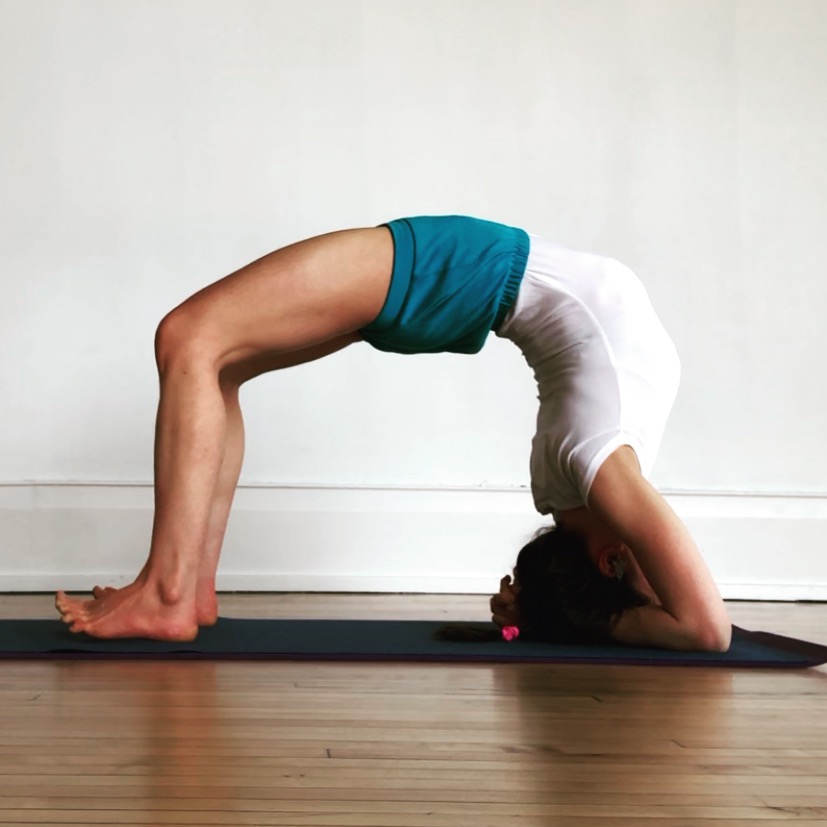MYSTERIES, YES
Truly, we live with mysteries too marvelous
to be understood.
How grass can be nourishing in the
mouths of the lambs.
How rivers and stones are forever
in allegiance with gravity
while we ourselves dream of rising.
How two hands touch and the bonds
will never be broken.
How people come, from delight or the
scars of damage,
to the comfort of a poem.
Let me keep my distance, always, from those
who think they have the answers.
Let me keep company always with those who say
“Look!” and laugh in astonishment,
and bow their heads. (Mary Oliver) 🌳🌿🍃 Practicing at home around family: children imitate, participate, realize the comfort of a posture as a natural vocabulary of being embodied. “Humbleness is the art of learning.” Yogācārya B.K.S. Iyengar














